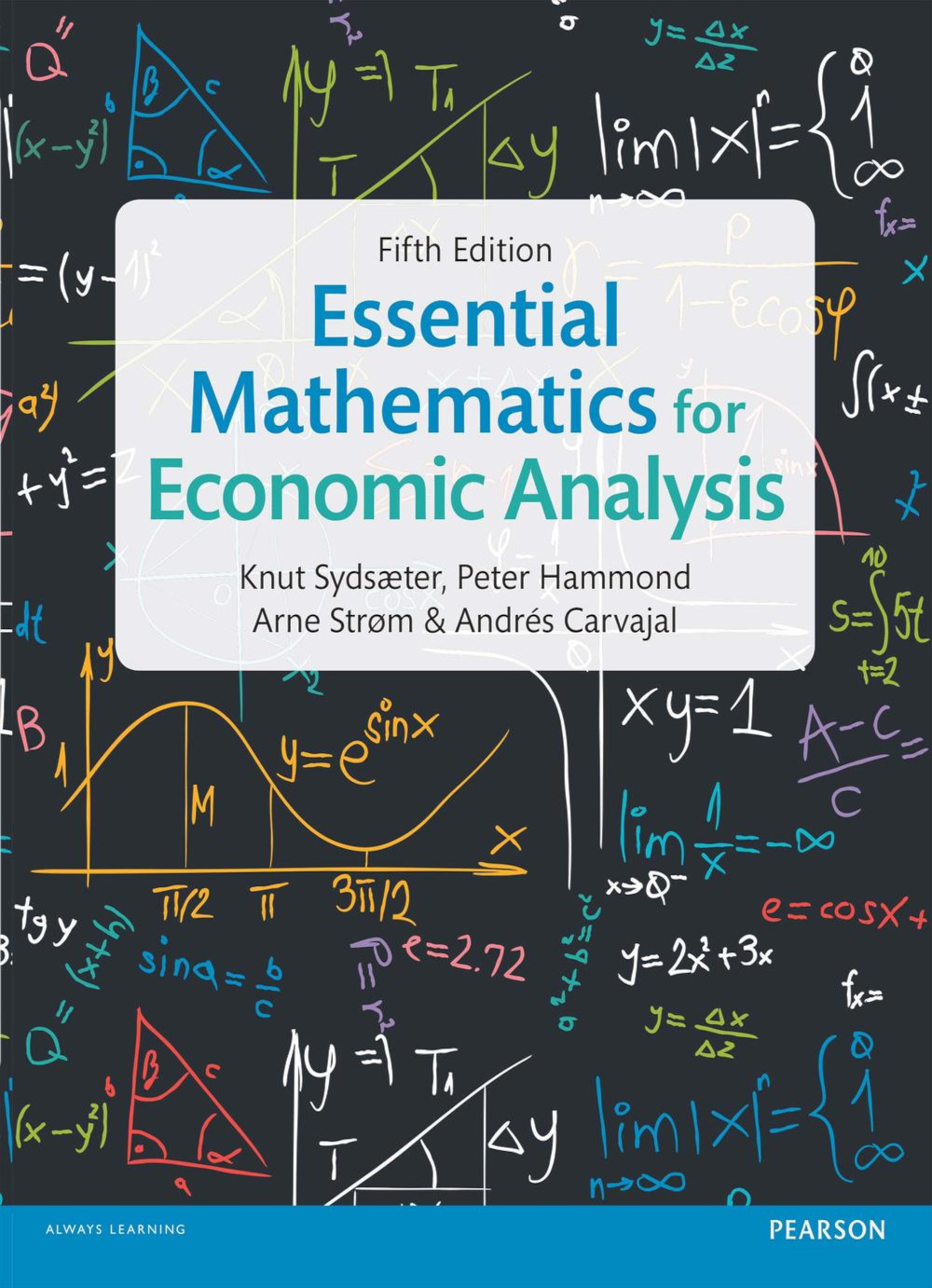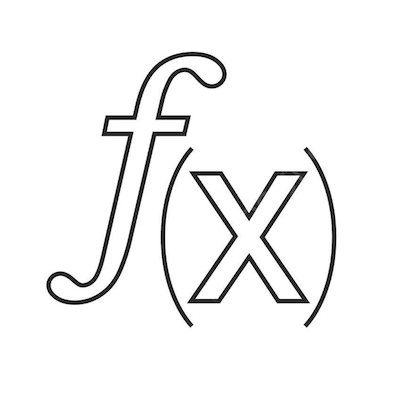📖 Course introduction#
⏱ | words
Course title: Mathematical Techniques for Economic Analysis
Compulsory first math course in all Master of Economics programs
Course prerequisites#
See Course overview and Class summary
Essentially, this course picks up from the high school math course and goes a bit further, with the focus on techniques useful for economic research and other courses in economics.
Q&A
Q: Is optimization covered in this course?
A: We will look at a couple of examples of optimization problems in this course, but the next math course ECON6012 is dedicated to optimization in depth.
How tutorials will be conducted#
tutorials = practical exercises
posted with the corresponding lecture
try to solve the exercises before the tutorial
exercises solved and discussed at the tutorial
participation is not mandatory but highly recommended
if you solve all tutorial excesses, you will be able to solve all practical problems in the exams
solutions posted a week after
Tutorials start on week 2
Where to send your questions#
Administrative questions: RSE admin
Bronwyn Cammack Senior School Administrator
Email: enquiries.rse@anu.edu.au
“I can not register for the tutorial group”
Content related questions: please, refer to the tutors
“I don’t understand this step in showing that this function is continuous”
Other questions: to Fedor
“I’m working hard but still can not keep up”
“Can I please have extra assignment for more practice”
Attendance#
please, do not use email for instructional questions
instead make use of the office hours
office hours follow after each lecture = I will stay in the classroom to answer questions
attendance of tutorials is very highly recommended
You will make your life much easier this wayattendance of lectures is highly recommended
But not mandatory
Assessments#
Online tests, 10% each#
30 min long timed assignment
administered online through the Wattle site
one day during which to attempt this task
consists of some number of questions: multiple choice, true or false, short answer, or single numeric answer
immediate feedback
each assignment is worth 10% of your raw overall mark for this course
no late submissions will be accepted
not submitted by the due date — mark of zero
will include material from the lectures and tutorials since the last online test
Computerized quizzes are located at the course Wattle page
Final exam, 60%#
Classic close book on-campus
Invigilated
3-hour exam
Only writing materials allowed
Covers the material from the whole semester!
More information will be provided by Week 10, with practice examples discussed prior to the exam
Will be held during the examination period
Note on assessments#
Exams and tests will award:
Hard work = all tutorial problems worked through
Deeper understanding of the concepts
If you follow the work done in the tutorials, you will be able to solve all the problems in the exam
In each question there will be a reasonably short path to the solution
Lectures notes/slides#
Cover exactly what you are required to know
Go back to the textbook for more details on intermediate steps
Code inserts are for illustration, they are not assessable
In particular, you need to know:
The definitions from the notes
The facts from the notes
How to apply facts and definitions
If a concept in not in the lecture notes, it is not assessable
Definitions and facts#
The lectures notes/slides are full of definitions and facts.
Definition
Functions \(f: \mathbb{R} \rightarrow \mathbb{R}\) is called continuous at \(x\) if, for any sequence \(\{x_n\}\) converging to \(x\), we have \(f(x_n) \rightarrow f(x)\).
Possible exam question: “Show that if functions \(f\) and \(g\) are continuous at \(x\), so is \(f+g\).”
You should start the answer with the definition of continuity:
“Let \(\{x_n\}\) be any sequence converging to \(x\). We need to show that \(f(x_n) + g(x_n) \rightarrow f(x) + g(x)\). To see this, note that …”
Facts#
In the lecture notes/slides you will often see
Fact
The only \(N\)-dimensional subspace of \(\mathbb{R}^N\) is \(\mathbb{R}^N\).
This means either:
theorem
lemma
true statement taken without a proof
All well known results. You need to remember them, have some intuition for, and be able to apply.
Reading materials#
Primary reference: lecture notes
Essential mathematics for economic analysis (fifth edition)
by Sydsæter, Hammond, Strøm and Carvajal
[Sydsæter, Hammond, Strøm, and Carvajal, 2016]:

each lecture will reference book chapters in Sydsæter et.al., 2016
each lecture will give additional references for self-study
Additional books
listed in the bibliography
“Solved Problems of Mathematics with Applications to Economics and Finance” book by Dr. José A. Rodrigues-Neto (linked on the course Wattle page)
additional material for self-study listed in each lecture, including additional topics and deeper coverage
Key action points for the administrative part#
Tutorials start next week, please register before the next lecture
Course content = what’s in lecture notes/slides
Lecture slides are available online and will be updated throughout the semester
